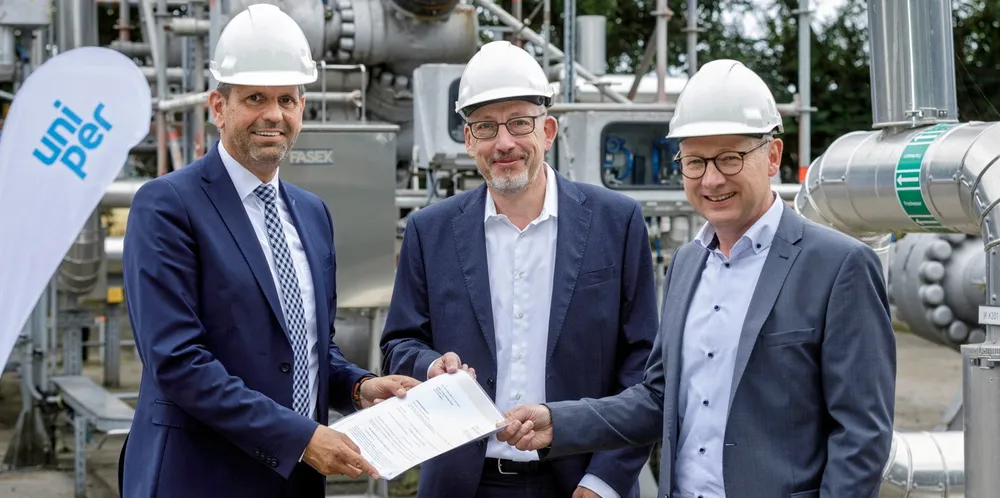'First industrial-scale hydrogen storage' | Uniper to build pilot salt-cavern facility after winning €2.4m grant
German utility will store up to 250,000 cubic metres of green H2 at the project by 2024, while testing how equipment and materials react to the gas
